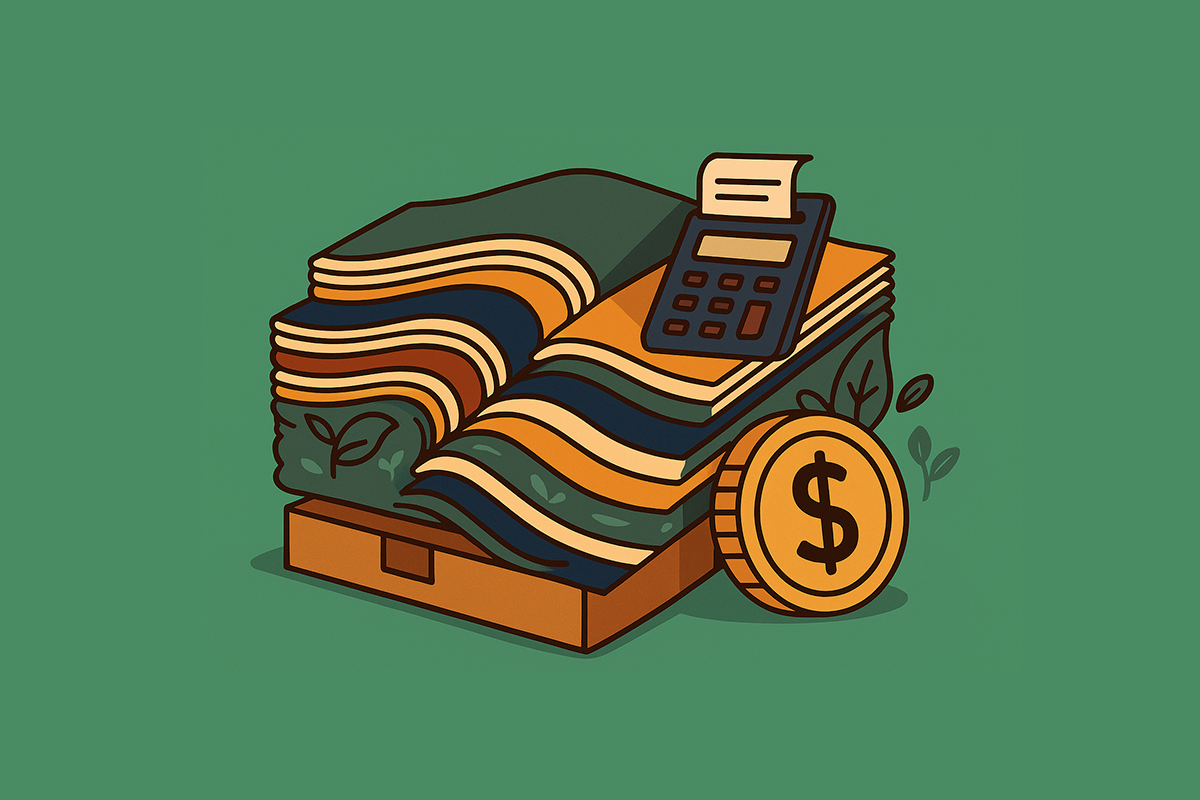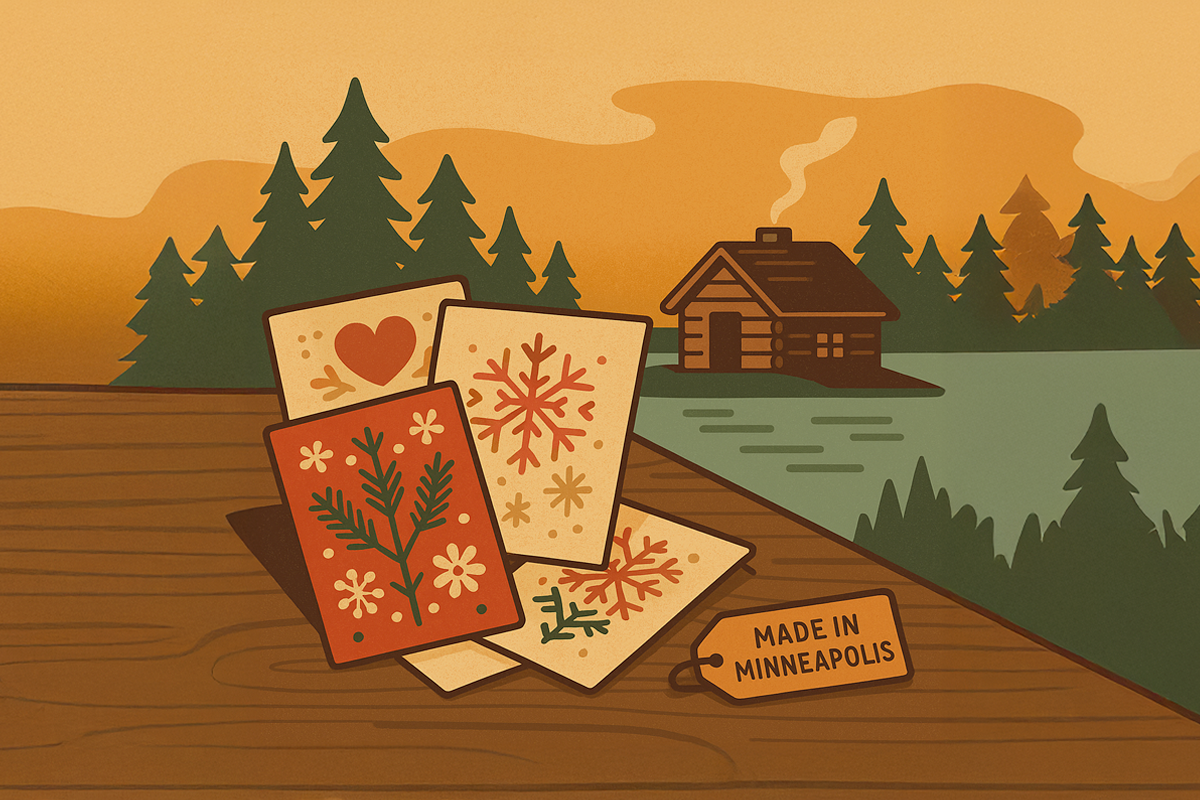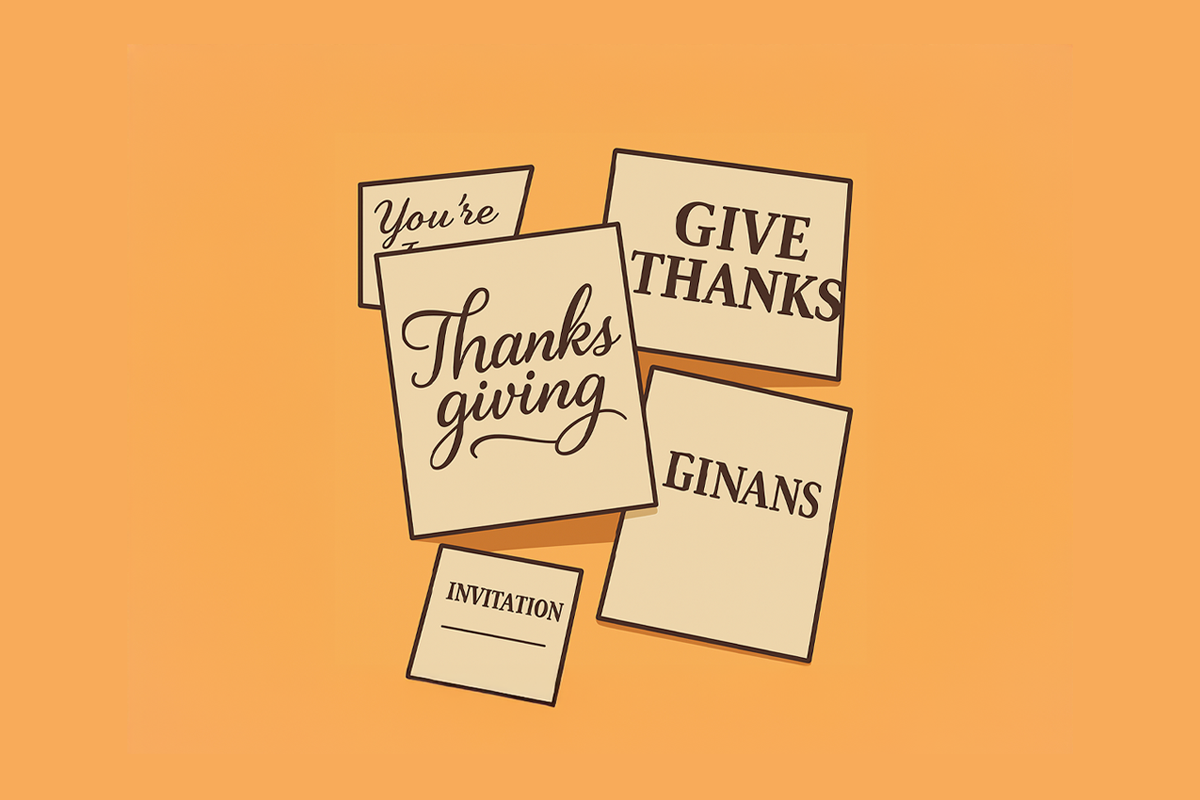Cost Saving Tips for Bulk Printing
Learn how to save money on bulk printing projects with smart planning, design efficiencies, and high-volume techniques that preserve quality.

For many, the biggest draw for bulk printing is the reduced cost per copy. However, maximizing this benefit is slightly more complicated than simply upping your order quantity. How you design your file, how you plan for distribution, and which materials and finishes you choose will all help you maximize your savings.
Design Economically
At Wallace Carlson, we love helping clients bring unconventional print sizes, shapes, and configurations to life. It’s a fun challenge that leads to spectacular results. However, when maximizing savings is key, we’ll be the first to tell you that standardization is usually the better option.
Standardized dimensions and formats are generally easier to design and print, cutting down on prepress time and costs. They’re also calibrated to get the maximum number of copies out of standard paper stocks, minimizing material costs.
Smaller sizes will also play to your advantage, so long as they still accommodate all your critical content. Again, this is because smaller prints require fewer raw materials. Smaller-sized prints also occupy less space in storage, which can be especially beneficial for a retailer’s bottom line when maximizing inventory space is a constant priority.
Optimize Quantity
Many printers offer different levels of bulk pricing. So, to get the lowest possible price per copy, it’s best to order the highest number of copies you can in a single order, instead of just the bare minimum needed to meet the bulk threshold. Ordering all the copies you think you’ll ever need at once also helps you avoid making higher-cost, sub-bulk quantity reorders at a later date.
Of course, you also don’t want to significantly over-order, as this will lead to unnecessary costs and material waste. To get the best possible estimate for the total copies you’ll need, ask questions like:
- How many copies have we needed for similar print collateral in the past?
- How long will this piece of print collateral be used before it’s redesigned/replaced?
- If it’s being mailed, how many recipients are there?
- If it’s being handed out at shows or events, how many contacts are you hoping to make?
- If it’s being distributed on-site, how many visitors matching your target audience are likely to visit each site over the lifespan of the collateral?
Gathering this type of data will help you make a true, educated estimate of the total copies you’ll need, and enable you to order at the highest appropriate bulk pricing tier.
Minimize Waste
Minimizing waste during the bulk printing process isn’t just good for the environment, it also reduces unnecessary costs. One minimization strategy we’ve already mentioned is to maximize each piece of paper stock you use by opting for smaller, standard-shaped prints. This also means sticking to standard-sized paper stock, with predictable dimensions and performance that minimizes the risk of misprints.
Another good waste minimization strategy is to take your time with the prepress process. Ensuring your file is arranged, edited, and formatted correctly the first time will keep your print job on time and help prevent misprints. If there’s a larger organizational event or campaign taking place, you can even use the prepress phase to gather multiple print jobs from different departments. Consolidating orders from your institution helps ensure everything is consistent in quality, arrives on time, and may even result in further savings on materials and shipping costs.
To learn more about waste minimization and other green initiatives in print, check out our past blog posts.
Use Budget-Friendly Print Finishes
Because bulk prints often use smaller, standardized formats, print finishes play an outsized role in making this collateral compelling. However, when budget is paramount, choosing the right finish strategy is important to keeping costs under control.
All-over coatings can be more cost-effective than adding finishes to specific details, which requires the creation of additional printing plates. And if you do want to go for finishes that are only applied to specific areas of the print, think carefully about what will have the greatest impact. For example, a single color of metallic foil emphasizing a few key, attention-grabbing details will still elevate the impression your print makes, but won’t push the price up as much as choosing multiple foil colors or multiple, layered finishes.
Work with a Commercial Printer
Above all, experience is essential to getting great bulk printing results. A tried and tested commercial printer knows what materials, techniques, and strategies work best for getting you the results you’re looking for. They’re also more likely to offer a range of bulk pricing tiers, giving you more flexibility to choose the order amount that’s right for your needs.
At Wallace Carlson, we’re always happy to work with you to plan and optimize your bulk printing projects. Contact us today to get the conversation started!
Conclusion
Work that stands out across time and industries
Looking for more insights on print marketing and design? Check out the latest blogs from Wallace Carlson for expert tips, industry trends, and strategies to elevate your brand.



